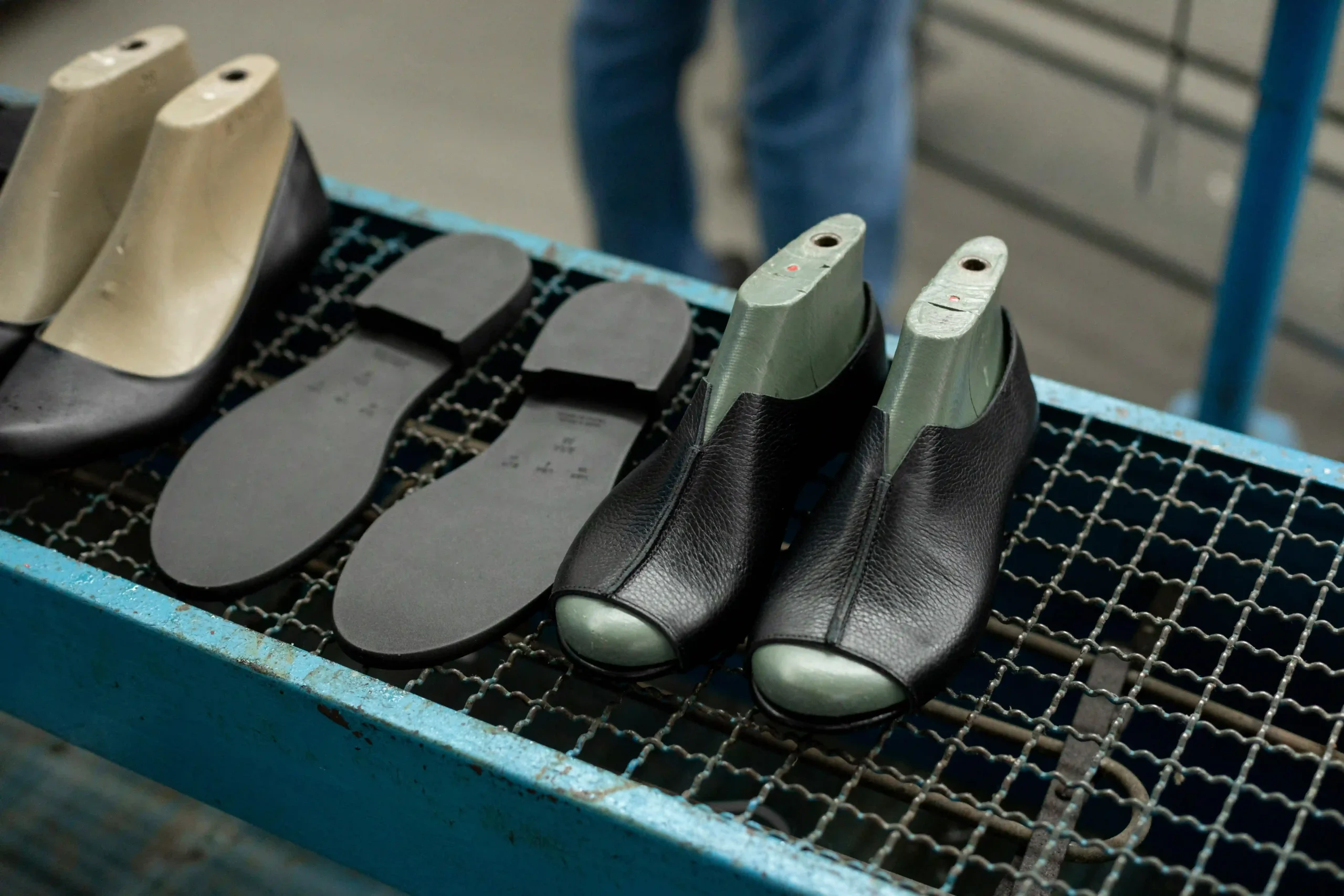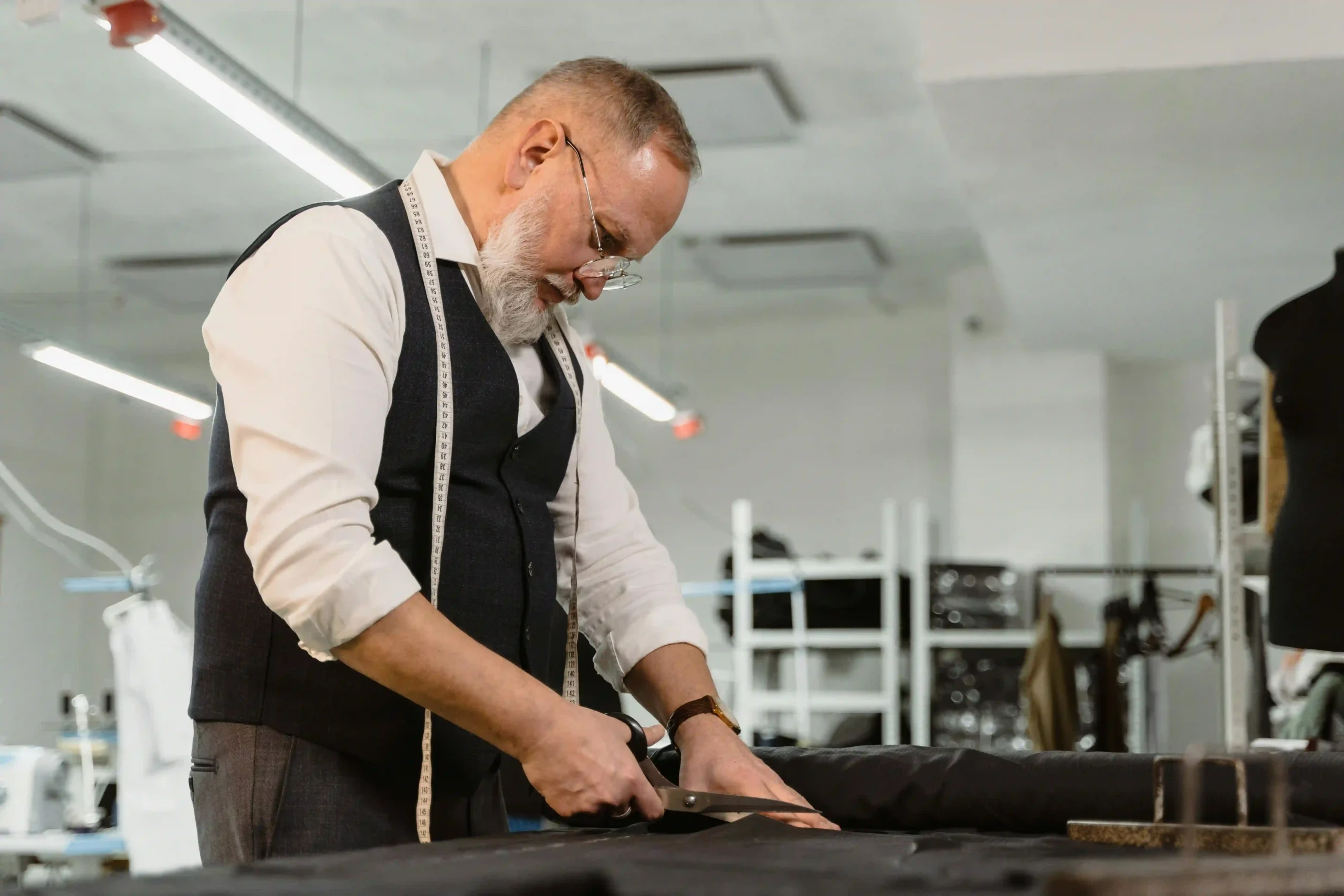The footwear supply chain is a complex network. Streamlining the footwear supply chain can save merchants costs to a great extent. It involves design, manufacturing, distribution, and retail stages. Each stage presents unique challenges and opportunities for improvement.
Streamlining these processes is crucial. It can lead to significant cost reductions and faster delivery times. Efficiency in the supply chain is not just about speed; it’s about precision and adaptability.
In this article, we explore strategies to enhance footwear supply chain efficiency. We focus on optimizing processes, leveraging automation, and tracking KPIs. These insights aim to empower industry professionals to achieve maximum efficiency.
Streamlining the footwear supply chain requires these aspects: Design, Manufacturing, Distribution, Retail

In that article, we talked about the hidden science behind design optimization.Now let’s look at three more streamlining directions.
Optimizing Manufacturing Processes for Greater Efficiency
Optimizing manufacturing processes is crucial for the footwear industry. It reduces waste and enhances productivity. Streamlining operations results in significant cost savings.
Several strategies can optimize manufacturing processes:
Lean Manufacturing: Reducing waste and improving efficiency.
Just-In-Time Production: Minimizing inventory costs.
Quality Control Systems: Ensuring product consistency.
Flexible Production Lines: Adapting to changing demands.
Implementing lean manufacturing practices helps reduce excess and focus on value-added tasks. Just-in-time production keeps inventory levels low. This approach cuts costs without sacrificing quality.
Quality control systems ensure defects are minimized. Consistent product quality is key in maintaining customer satisfaction. Flexible production lines allow manufacturers to adapt quickly. This flexibility is essential in a fast-paced market.
Overall, optimizing manufacturing is a continuous process. Regular assessment and adjustments can drive efficiency further. By employing these strategies, footwear companies can improve their manufacturing processes. This leads to enhanced competitiveness and increased profitability.
Leveraging Automation in Footwear Production and Logistics
Automation is transforming the footwear supply chain. By reducing manual tasks, it boosts productivity and accuracy. Implementing automated systems enhances overall supply chain efficiency.
Automated tools streamline production processes, leading to faster operations. In logistics, automation improves inventory management and order processing. These changes reduce human errors and improve speed.
Key areas where automation can be applied include:
Robotics in Manufacturing: Automated equipment handling.
Inventory Management Software: Real-time stock tracking.
Automated Packaging Systems: Speeding up distribution.
Robotics help increase precision in manufacturing. They handle repetitive tasks that are prone to errors when done manually. In contrast, inventory software updates stock levels instantly, reducing the risk of shortages or overstocking.
Automated packaging systems speed up the distribution process. They ensure that orders are packed accurately and shipped on time. With these technologies, companies can maintain a competitive edge in a crowded market.
Tracking Key Performance Indicators (KPIs) to Drive Improvement
Tracking KPIs is crucial for footwear supply chain efficiency. They provide insights into performance and highlight improvement areas. Focusing on key metrics helps streamline processes.
Common KPIs in the footwear industry include order accuracy and lead time. These metrics measure the efficiency of operations. Inventory turnover also indicates how effectively stock is managed.
Key KPIs to monitor include:
Order Accuracy: Measures precision in fulfilling orders.
Lead Time: Tracks time from order to delivery.
Inventory Turnover: Assesses stock movement efficiency.
Order accuracy ensures that customers receive what they expect, impacting satisfaction positively. Lead time shows how quickly supply chain processes run, which is critical for maintaining competitiveness.
Inventory turnover reflects how well stock is utilized and replenished. Regular monitoring of these KPIs helps businesses identify bottlenecks. Addressing these areas leads to enhanced supply chain performance.
Embracing Sustainability and Continuous Innovation

Sustainability in the footwear supply chain is gaining momentum. Companies focus on eco-friendly practices to reduce environmental impacts. It also leads to cost savings and boosts brand loyalty.
Innovation drives improvements in materials and processes. By embracing new technologies, manufacturers can lower waste and energy use. This focus on sustainability creates a competitive advantage.
Key strategies include:
Eco-Friendly Materials: Using sustainable and recycled materials.
Efficient Processes: Reducing waste in production and logistics.
Carbon Footprint Reduction: Minimizing emissions across the supply chain.
Incorporating sustainability and continuous innovation ensures long-term success. It positions companies as leaders in the industry. Environmental responsibility and innovation are now essential in today’s market.
Conclusion: Steps Toward a More Efficient Footwear Supply Chain
To achieve maximum footwear supply chain efficiency, focus on integrated strategies. Implement process optimization, automation, and real-time KPI tracking. Leverage technology for enhanced data analysis and collaboration.
Adopting sustainable practices and fostering innovation further boosts efficiency. These steps ensure improved performance and a competitive edge in the global market.

